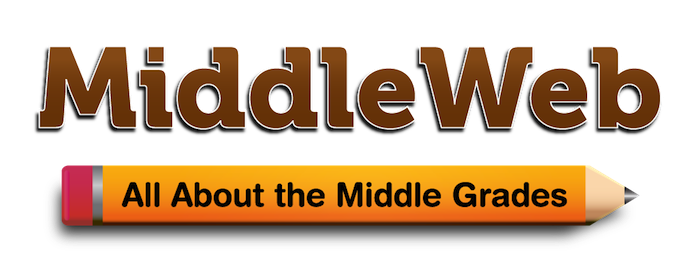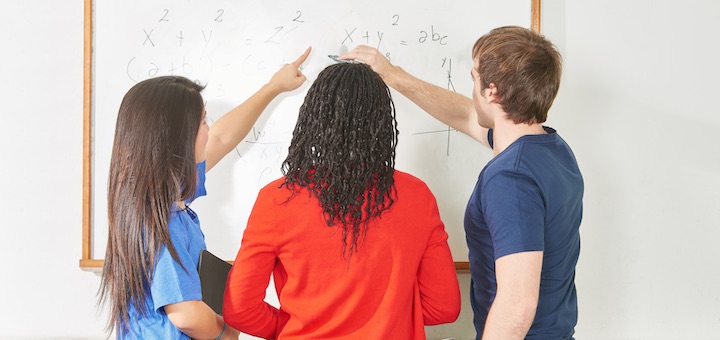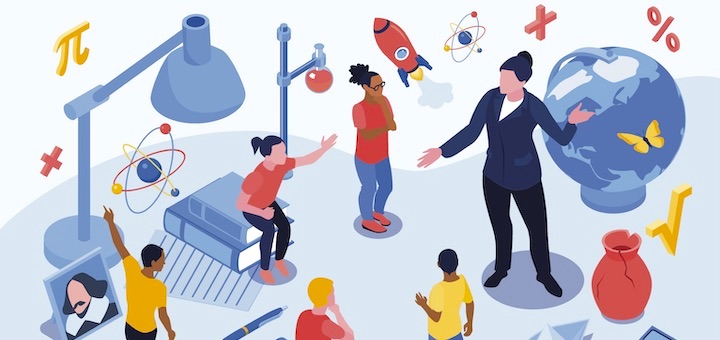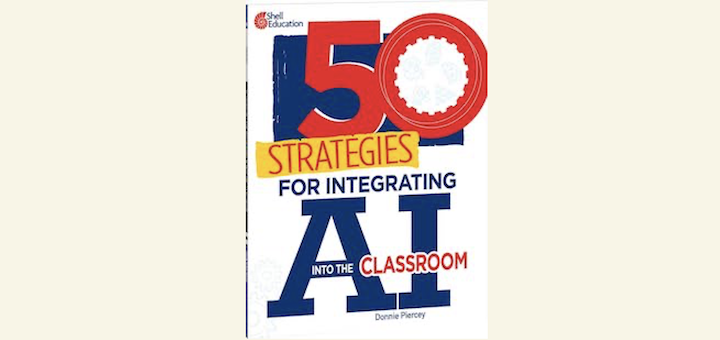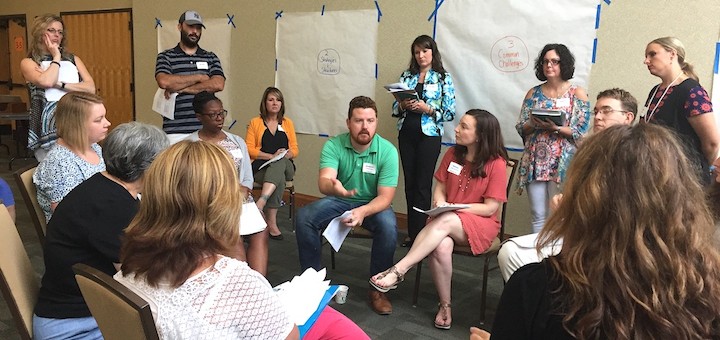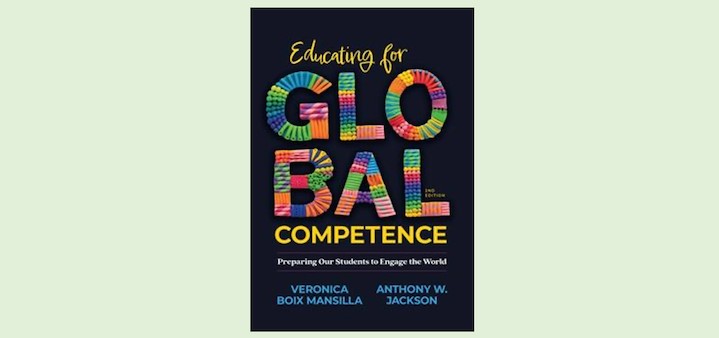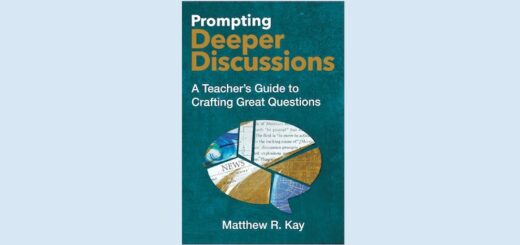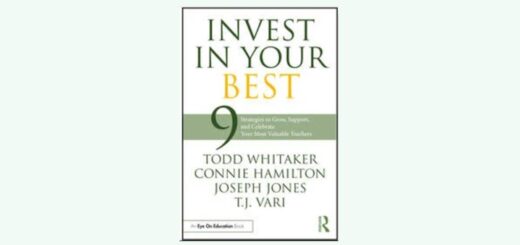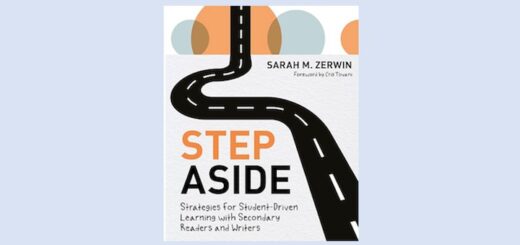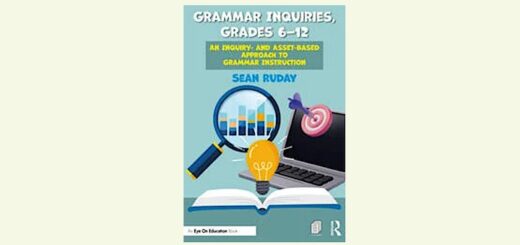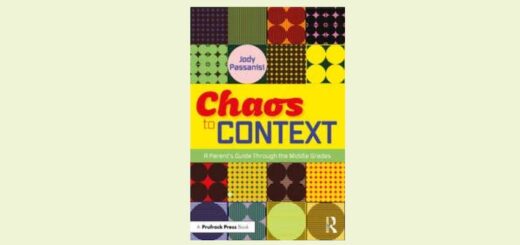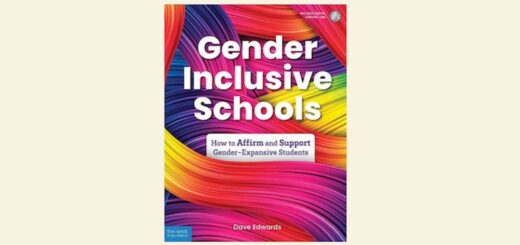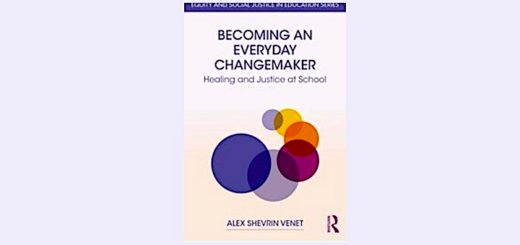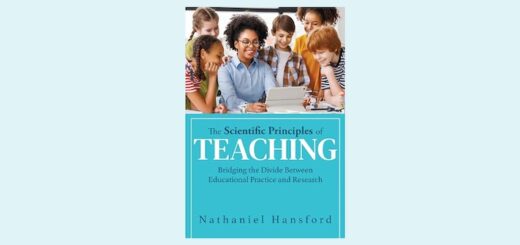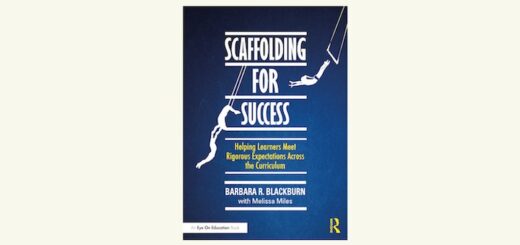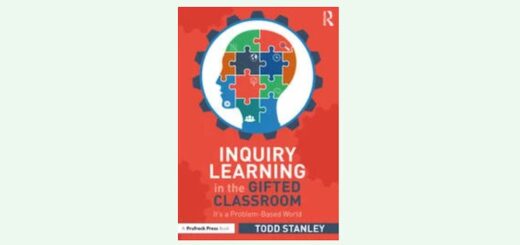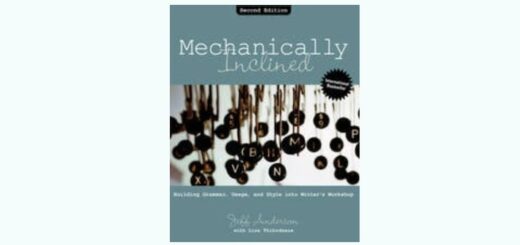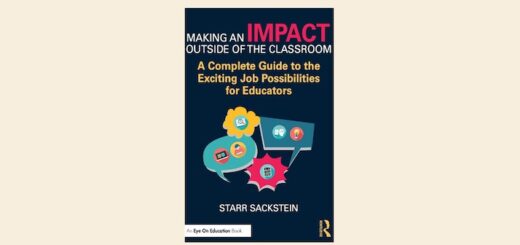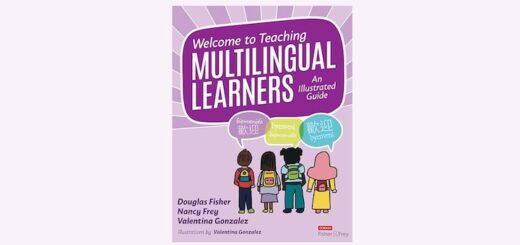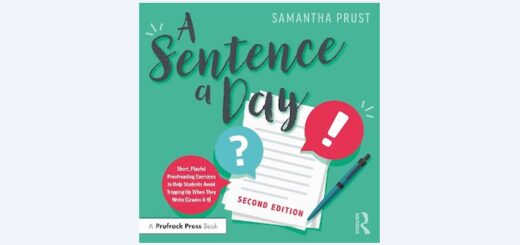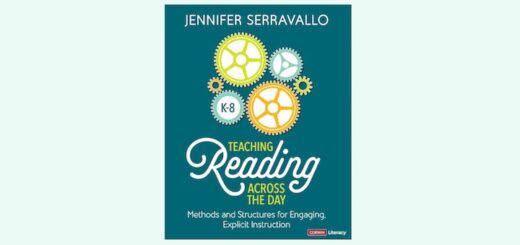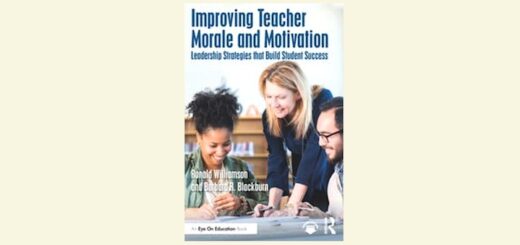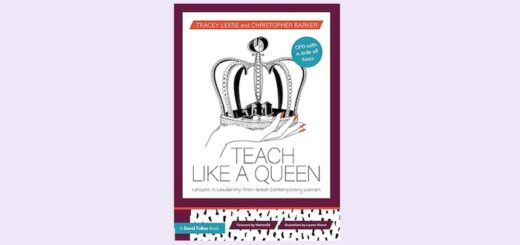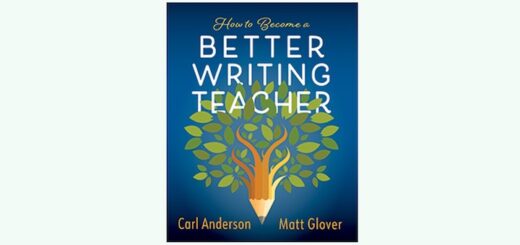Teaching and learning in grades 4-8
Students are more engaged when they’re talking and moving around, says math teacher Michelle Russell. “I won’t lie – it’s hard. But I believe a louder class that’s somewhat engaged in the concept is better than a quiet one.” She rates three engagement strategies she’s tried.
Anne Jolly is thankful for so many remarkable STEM educators – willing to step out and try new cutting-edge ideas and practices, take risks, and educate kids in ways that grow skills, knowledge and leadership. Jolly explains why industry respects STEM teachers and students too.
The authors of Shifting the Balance (Grades 3-5) invite literacy educators in the upper elementary and early middle grades to “engage in both the headwork and the heartwork required to ensure our practices are science-aligned and student-centered.” And do it in a safe space.
Donnie Piercey’s 50 Strategies for Integrating AI offers a comprehensive guide for educators ready to harness the potential of AI. Piercey includes a wide range of practical strategies and insights to enrich the learning experience for K-12 students, writes Kathie Palmieri.
Learning focused schools have a collective growth mindset and a shared belief that every student can learn and grow. Education leaders Ron Williamson and Barbara Blackburn share six characteristics that define such schools and offer ideas about how to accomplish each one.
Adolescents are particularly susceptible to circadian rhythms – the physical, mental, and behavioral changes that follow a 24-hour cycle – writes principal Mike Gaskell. Educators can do more to plan academic lessons and other content to take advantage of peak learning times.
Megan Kelly writes about improvements in her student relationships after trying out strategies adapted from Zaretta Hammond’s Culturally Responsive Teaching and The Brain. One key insight: talking with kids about their lives and personal interests can boost in-class learning.
Without good math fact recall, many students become discouraged about building math knowledge and solving equations. Kathleen Palmieri uses song and movement to engage fifth graders in computation fluency. Watch the music and exercise videos that are hits with her kids.
If Regie Routman had to name the most important mindsets and actions for a full and flourishing life, “I’d say gratitude and generosity are at the top and are especially essential for living and thriving in challenging times.” All of which gets her thinking about Thanksgiving.
The authors of Educating for Global Competence break down what global competence is and then give examples and advice on how teachers can help students achieve it. International teacher Megan Kelly recommends the book as a resource to engage students in global citizenship.
